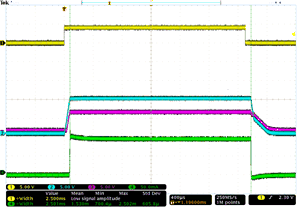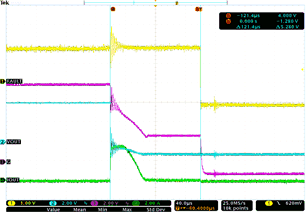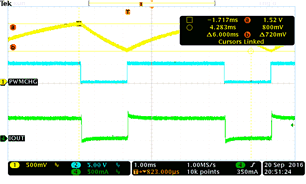SLIS178B October 2017 – January 2018 TPS92830-Q1
PRODUCTION DATA.
- 1 Features
- 2 Applications
- 3 Description
- 4 Revision History
- 5 Description (Continued)
- 6 Pin Configuration and Functions
- 7 Specifications
- 8 Detailed Description
- 9 Application and Implementation
- 10Layout
- 11Device and Documentation Support
- 12Mechanical, Packaging, and Orderable Information
Package Options
Mechanical Data (Package|Pins)
- PW|28
Thermal pad, mechanical data (Package|Pins)
- PW|28
Orderable Information
7.7 Typical Characteristics
TA = 25 ºC unless otherwise noted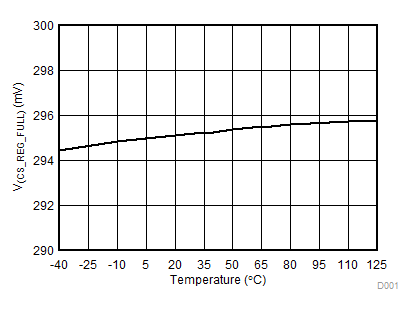
| V(IN) = 14 V | V(ICTRL) = 1.8 V |
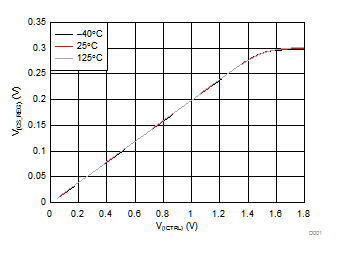
| V(IN) = 14 V |
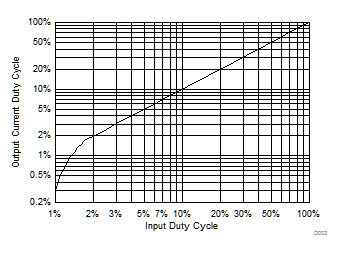 Figure 6. Duty Cycle of PWM Dimming-Current Output vs PWM Input Duty Cycle
Figure 6. Duty Cycle of PWM Dimming-Current Output vs PWM Input Duty Cycle 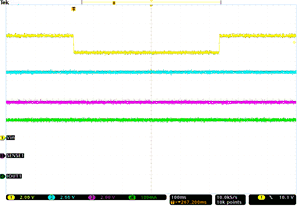
| Ch. 1 = V(IN) | Ch. 2 = G1 | Ch. 3 = SENSE1 |
| Ch. 4 = I(OUT1) |
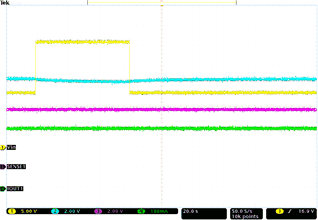
| Ch. 1 = V(IN) | Ch. 2 = G1 | Ch. 3 = SENSE1 |
| Ch. 4 = I(OUT1) |
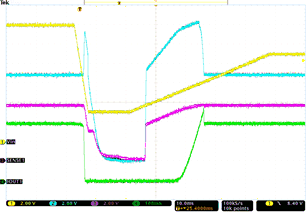 Figure 14. Fast Power Down and Slow Power Up
Figure 14. Fast Power Down and Slow Power Up 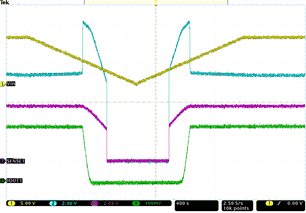
| Ch. 1 = V(IN) | Ch. 2 = G1 | Ch. 3 = SENSE1 |
| Ch. 4 = I(OUT1) |
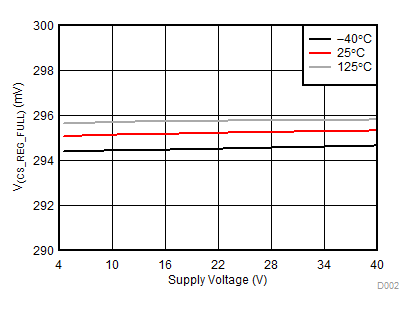
| V(ICTRL) = 1.8 V |
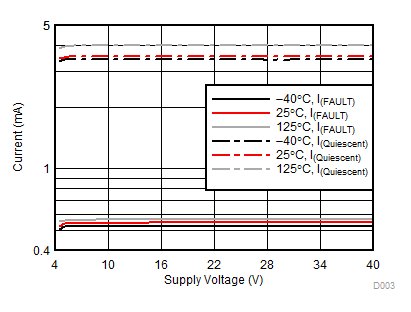
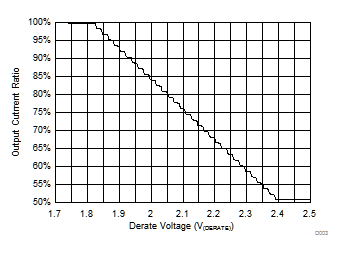
| V(IN) = 14 V |
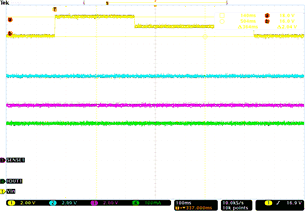
| Ch. 1 = V(IN) | Ch. 2 = G1 | Ch. 3 = SENSE1 |
| Ch. 4 = I(OUT1) |
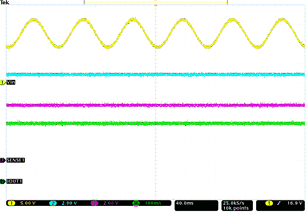
| Ch. 1 = V(IN) | Ch. 2 = G1 | Ch. 3 = SENSE1 |
| Ch. 4 = I(OUT1) | ƒ = 15 Hz |
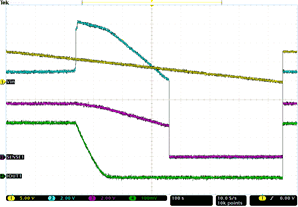
| Ch. 1 = V(IN) | Ch. 2 = G1 | Ch. 3 = SENSE1 |
| Ch. 4 = I(OUT1) |
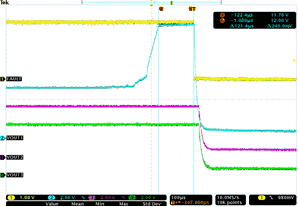 Figure 17. LED Open-Circuit Protection and One-Fails–All-Fail
Figure 17. LED Open-Circuit Protection and One-Fails–All-Fail 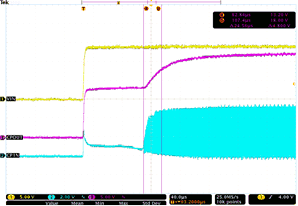
| Ch. 1 = V(IN) | Ch. 2 = CP1N | Ch. 3 = CPOUT |
